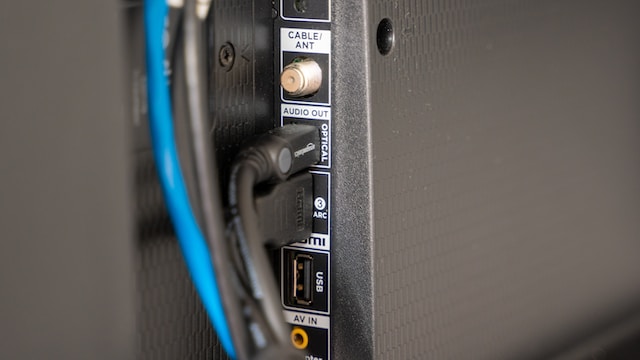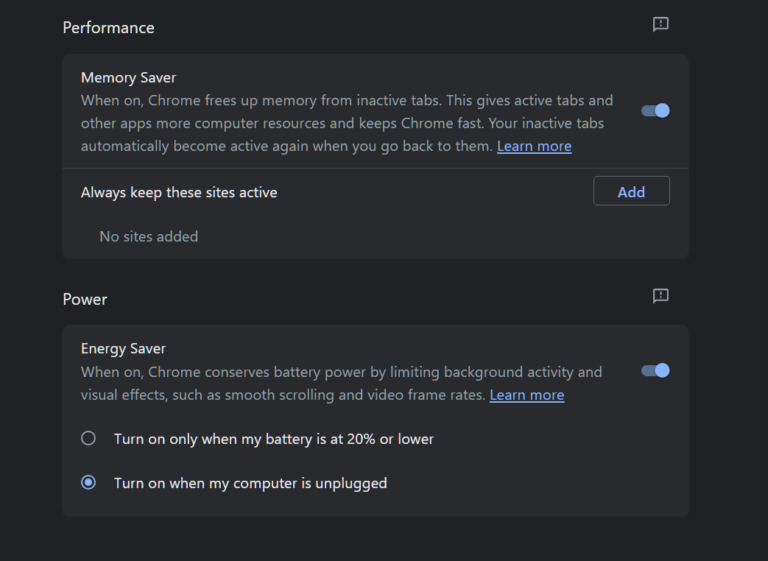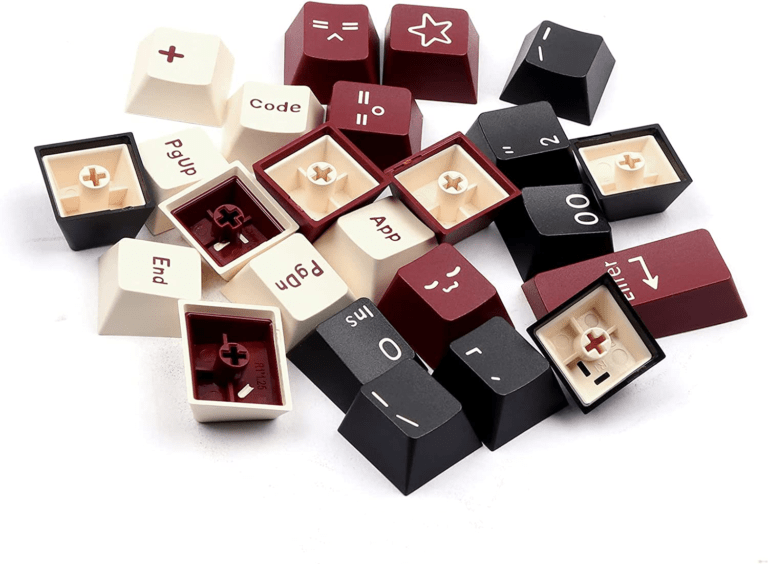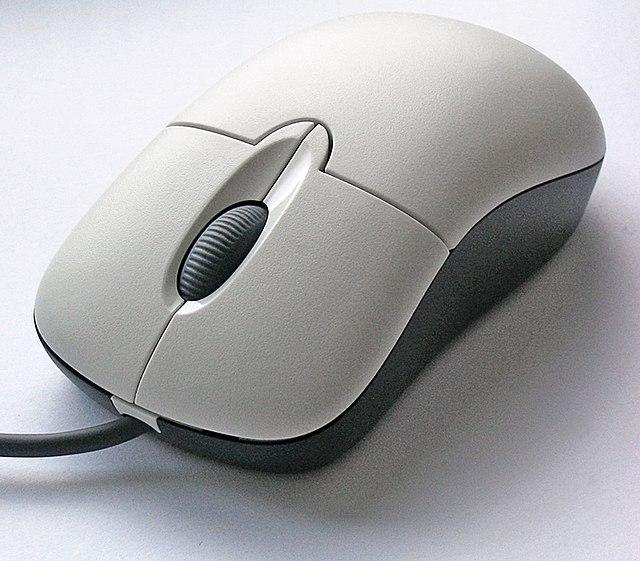Why Do We Use HDMI to Transmit Video When Ethernet Cables Can Do the Same?
Ethernet cables and HDMI are made for different purposes and use cases. Though Ethernet Cable can transmit large data like 4k video, its main purpose is for network and data transmission while HDMIs are specifically designed to transfer audio and video data. HDMI also has more features suited to improve the audio-video experience when watching a video.

Differences between HDMI and Ethernet cables
Ethernet cables, originally designed for computer networking, have undergone numerous upgrades over the years. The most common variety, Category 6 (Cat 6) cables, boasts high data transfer rates and low interference. Despite their initial purpose, these cables have found new life in transmitting high-definition video content.
HDMI 2.1 cables, on the other hand, were specifically developed to meet the demands of the latest display technologies. With features like increased bandwidth and support for higher resolutions and refresh rates, HDMI 2.1 cables are tailored to handle the demands of modern ultra-high-definition video standards.
| Specs |  |  |
| Product name | Anker 8K@60Hz HDMI Cables | Cat 8 Ethernet Cable |
| Bandwidth | Video output at 8k@60hz, 4k@120hz and bandwidth speed 48Gbps | Up to 2000 MHz/40 Gbps |
| Connector type | HDMI | RJ45 |
| Use | Video and Audio connection | networking, internet connection and data transfer |
| Prices | Amazon | Amazon |
Bandwidth and Specifications
One key factor in the difference between Ethernet and HDMI 2.1 cables lies in their respective bandwidths and specifications. HDMI 2.1 cables offer significantly higher bandwidth (48 Gbps) compared to the maximum bandwidth of Cat 8 Ethernet cables (40 Gbps). This increased bandwidth is essential for carrying the immense data load of 4K 60Hz video signals, ensuring a seamless and high-quality viewing experience.
HDMI 2.1 cables come equipped with specialized features such as Variable Refresh Rate (VRR), Auto Low Latency Mode (ALLM), and Enhanced Audio Return Channel (eARC). These features enhance the overall performance of HDMI 2.1 cables, catering to the specific needs of advanced audio-visual systems. While Ethernet cables can transmit video, they may lack these tailored features, making HDMI 2.1 a preferred choice for cutting-edge applications.
HDMI 2.1 also has better shielding against signal interferences that help avoid the corruption of data when it is being transferred.







